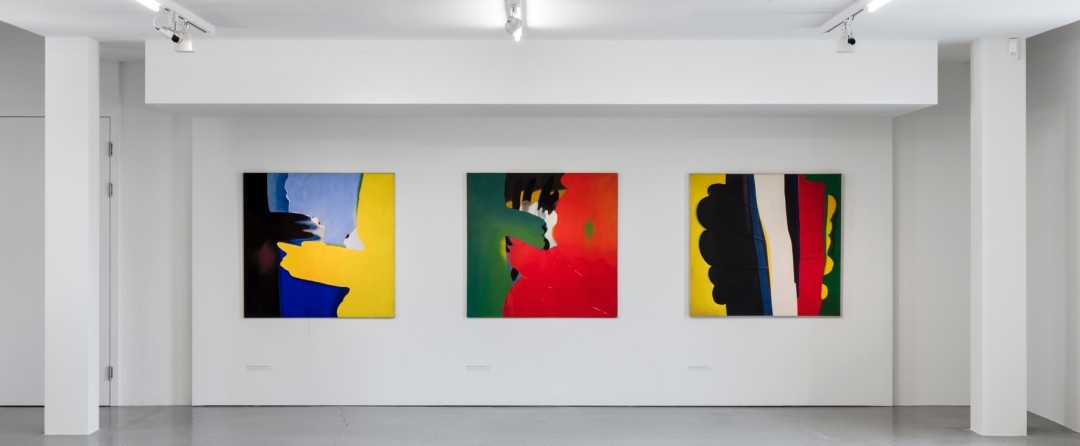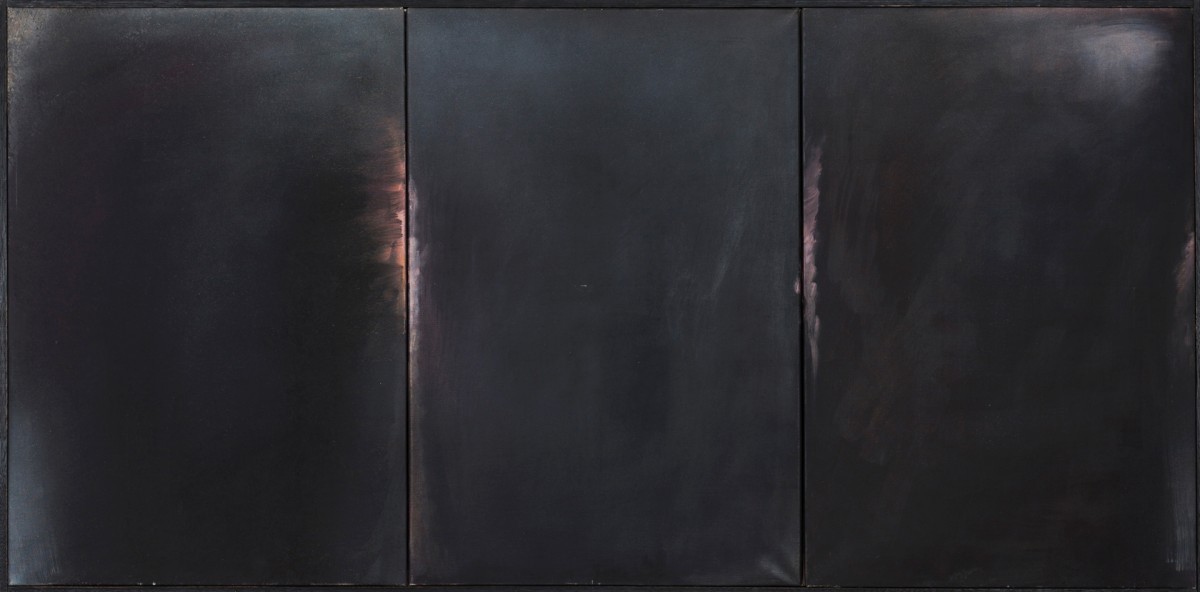Rudolf Goessl
Painting in Transition
07 Sep - 30 Oct 2016
RUDOLF GOESSL
Painting in Transition
7 September - 30 October 2016
Curated by Harald Krejci
The exhibition features the early work of the Austrian painter Rudolf Goessl (born in 1929). During a brief trip to North America in the mid-1960s he adopted and interpreted American Pop art and Colour Field paintings. During the end of the 1960s he concluded this artistic “excursion” and developed his own stylistic language which included trompe-l’œil-effects. The delicately framed fields of colour generate a stage-like space within the otherwise abstract picture. Over time, the stage-like quality and spatial depth was replaced by a flat style of painting which evokes the gentle folds of silk. He continued this reduction in his pictures until all spatial references had vanished. Goessl’s sensitivity becomes apparent in his veil-like colour application and the subtle graduations of light in his pictures.
In the early 1970s Monsignor Otto Mauer from the Galerie Nächst St. Stephan in Vienna became aware of the maverick artist and organized an exhibition of his works in 1973. This was the last one that Otto Mauer opened before he passed away. As he continued to develop stylistically, Goessl added tactile elements to his spherical pictures by adding sand to the canvas. The palpable materiality of his works gained significance. The veil-like colour application would gave way to a more gestural and expressive painting style which is reflected in their colourful nature.
Painting in Transition
7 September - 30 October 2016
Curated by Harald Krejci
The exhibition features the early work of the Austrian painter Rudolf Goessl (born in 1929). During a brief trip to North America in the mid-1960s he adopted and interpreted American Pop art and Colour Field paintings. During the end of the 1960s he concluded this artistic “excursion” and developed his own stylistic language which included trompe-l’œil-effects. The delicately framed fields of colour generate a stage-like space within the otherwise abstract picture. Over time, the stage-like quality and spatial depth was replaced by a flat style of painting which evokes the gentle folds of silk. He continued this reduction in his pictures until all spatial references had vanished. Goessl’s sensitivity becomes apparent in his veil-like colour application and the subtle graduations of light in his pictures.
In the early 1970s Monsignor Otto Mauer from the Galerie Nächst St. Stephan in Vienna became aware of the maverick artist and organized an exhibition of his works in 1973. This was the last one that Otto Mauer opened before he passed away. As he continued to develop stylistically, Goessl added tactile elements to his spherical pictures by adding sand to the canvas. The palpable materiality of his works gained significance. The veil-like colour application would gave way to a more gestural and expressive painting style which is reflected in their colourful nature.


